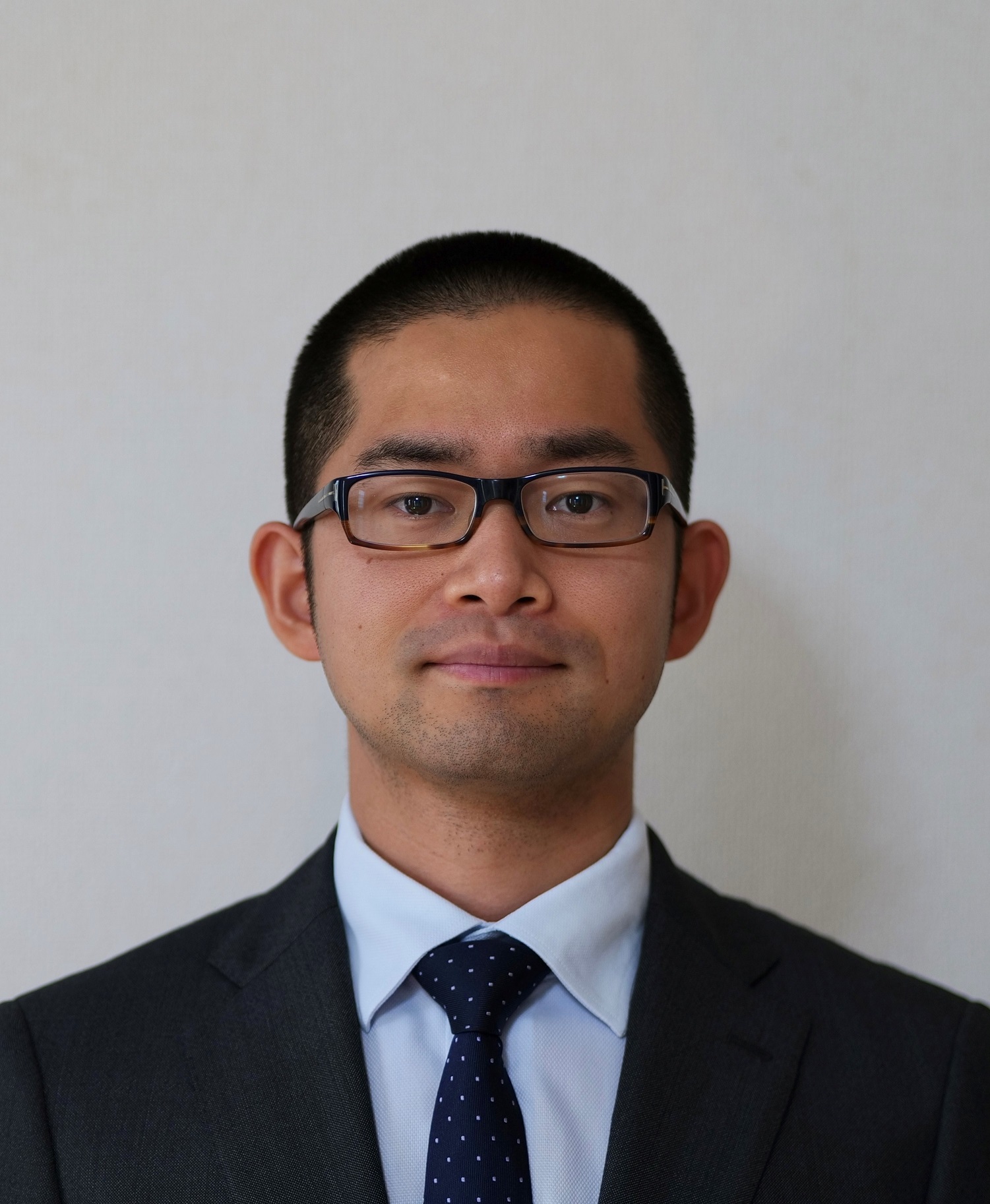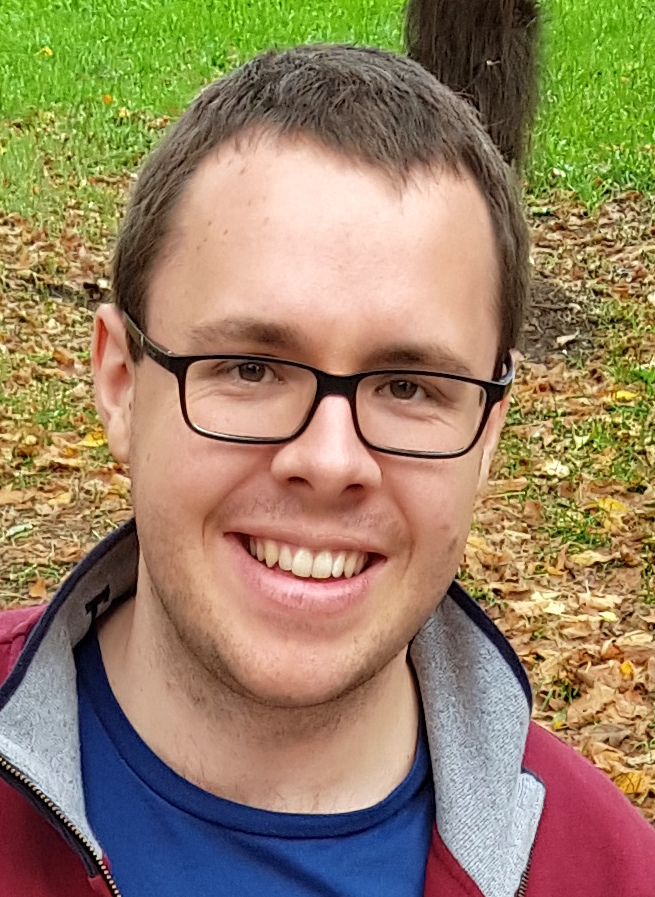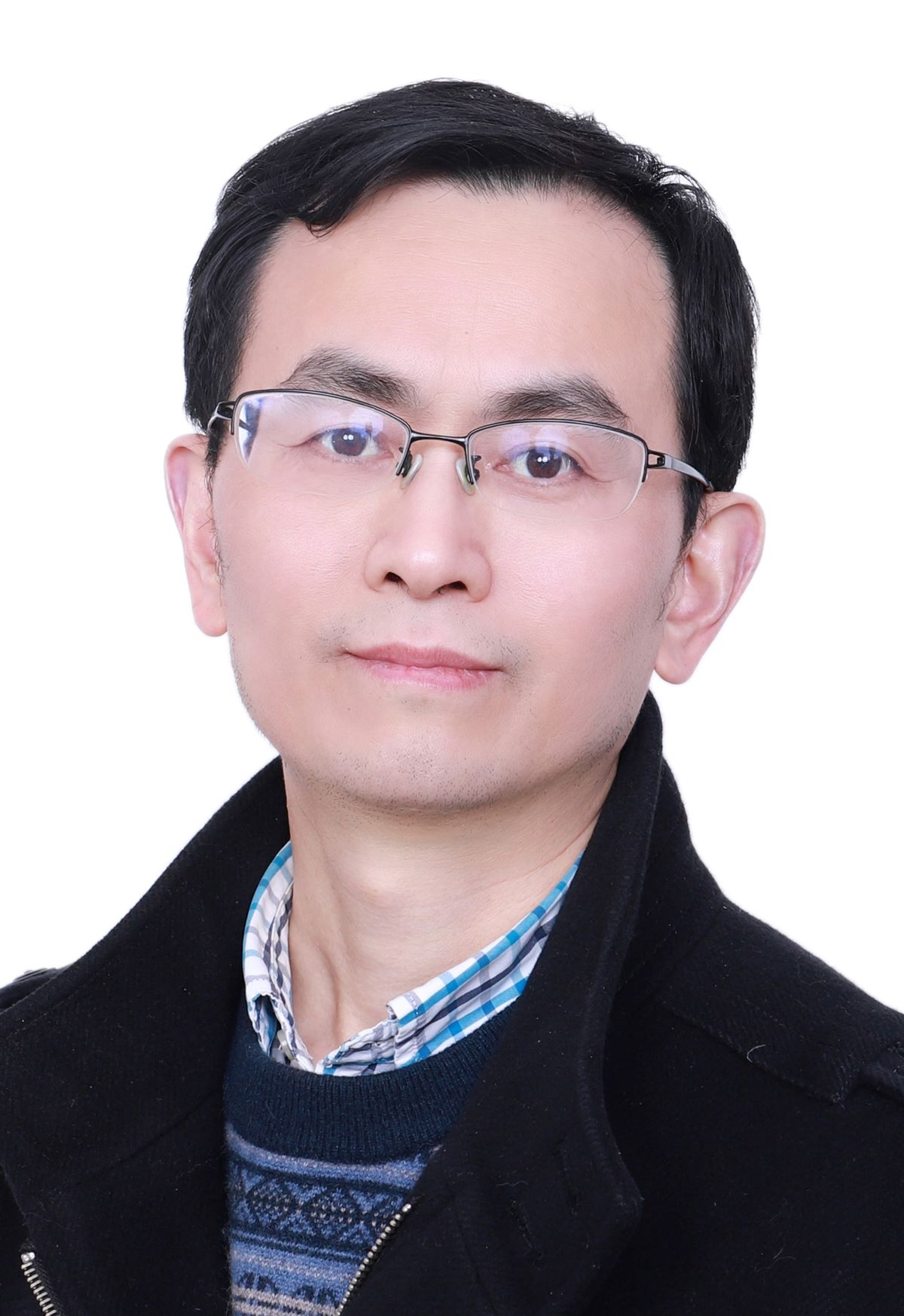About IVS
IVS 2022 Directing Board Elections
Nominees for At-Large Positions
This page provides information about the nominees for At-Large positions
on the IVS Directing Board. The nominees are listed alphabetically by their
family names. The At-Large members will be elected by the IVS Directing Board.
Hayo Hase
 Argentinean-German Geodetic Observatory (AGGO)
Argentinean-German Geodetic Observatory (AGGO)
Dr. Hayo Hase studied geodesy at the University of Bonn in the 1980s and was a member
of its VLBI group. He received his PhD in 1999 from the Technical University of Munich
on the topic of Global Reference Systems. In 1991-1993 he was responsible for the first
VLBI observations at O'Higgins Station in Antarctica. From 1994 to 2001, he worked at
Wettzell on the development and construction of the Transportable Integrated Geodetic
Observatory (TIGO). From 2001 to 2014, he directed the TIGO observatory in Concepción,
Chile. From 2015 until now, he has co-directed the Argentine-German Geodetic Observatory
(AGGO) near La Plata, Argentina.
Hayo has been involved with the IVS since its inception in 1999. He was IVS network
representative from 2007 to 2015 and 2019 to 2023. He organized the IVS General Meeting
2006 and initiated two IVS Technical Workshops in Wettzell (Feed, 2009; Technical
Specifications, 2012) to advance the idea and realization of a global VGOS network.
Since 2009, Hayo has served as the IVS representative to the European Committee on
Radio Astronomy Frequencies (CRAF), where he chairs the CRAF VGOS working group that
initiated the recently adopted ITU-R Report on Geodetic VLBI (2022) and an IAU resolution
on the protection of our radio telescope sites (2022). In addition, Hayo is known as
the feature editor of the IVS Newsletter.
Masafumi Ishigaki
 Geospatial Information Authority of Japan (GSI)
Geospatial Information Authority of Japan (GSI)
After obtaining a master's degree in astrophysics from the University of Tokyo, Masafumi
Ishigaki started his career in the Geospatial Information Authority of Japan (GSI) as a
staff member of Tsukuba VLBI Correlator and Analysis Center. During his primary career,
he was involved in the VGOS correlation processing at a very early stage and made a basis
of DiFX correlation in GSI, which is now necessary for the regular correlation processing
of the VGOS Intensive sessions. He is currently engaged in the VGOS observation and also
greatly contributes to the AOV sessions through scheduling, observation, and correlation
as a chief of VLBI observation section. Besides VLBI observation, he is also familiar
with the sophisticated local-tie survey technique essential for the construction of the
ITRF. Masafumi is eager to support IVS activities and is a key person to make a success
of the next IVS General Meeting in Japan.
Matthias Schartner
 Eidgenössische Technische Hochschule Zürich (ETH Zurich)
Eidgenössische Technische Hochschule Zürich (ETH Zurich)
Matthias Schartner studied Geodesy and Geoinformation at TU Wien followed by a Ph.D. in
the field of higher geodesy. His Ph.D. thesis was on the topic of VLBI scheduling. During
his time in Vienna, he contributed to the Vienna VLBI and Satellite Software (VieVS) and
developed the new VLBI scheduling software VieSched++. He also generated several tutorial
videos and manuals for teaching VLBI to the next generation of scientists. After finishing
his Ph.D., he moved to ETH Zurich as a postdoctoral researcher. His current work is about
improving today's VLBI performance and automation. Currently, he is in charge of scheduling
several IVS S/X observing programs, including AUA, CRD, CRF, INT2, INT3, OHG, SI, T2, T2++,
as well as the VGOS observing programs VGYG, VGOSS, VGOSB, VGOSC, and the VGOS R&D sessions.
Together, this accumulates to around 400 IVS sessions during 2022. To handle this excessive
number of sessions, he has founded the IVS Operation Center DACH, a joint initiative between
ETH Zurich, BKG, and TU Wien. Furthermore, he is an active member of the VGOS Technical
Committee (VTC), the IVS Committee on Education and Training (CTE), and the EU-VGOS consortium
as well as being an active researcher in the field of geodetic VLBI and the first author of
several VLBI publications in high-quality journals.
Fengchun Shu
 Shanghai Astronomical Observatory (SHAO) CAS
Shanghai Astronomical Observatory (SHAO) CAS
Fengchun Shu is a research scientist at SHAO. He developed a scheduling/modeling software tool
dedicated to real-time VLBI application for navigation of China's Lunar probes. He has organized
most of the Chinese domestic geodetic VLBI sessions since 2007. Moreover, he scheduled many
AOV/APSG sessions from 2015 onwards, with an emphasis on high sensitivity astrometry of weak
radio sources, as well as precise location of a few new stations. He led the Shanghai Correlator
operation team where more than 170 IVS sessions have been correlated. He helped to develop a
standard data processing pipeline for K-band geodesy of the East Asian VLBI Network. Recently
he has been involved in the commissioning of the Shanghai and Urumqi VGOS stations. He served
as an at-large member of the IVS Directing Board from 2011 to 2014. He is currently the AOV Chair.
Nadia Shuygina
 Institute of Applied Astronomy (IAA) RAS
Institute of Applied Astronomy (IAA) RAS
Nadia Shuygina graduated from the Leningrad (St. Petersburg) State University,
Faculty of Mathematics and Mechanics, Department of Astronomy as a specialist
in astronomy. Since 1988 she has been working at the Institute of Applied
Astronomy of the Russian Academy of Sciences. Her research interests are in the
field of celestial mechanics, astrometry and space geodesy. Her PhD thesis is
devoted with the determination of Earth orientation parameters based on a
combination of VLBI and SLR measurements at the observational level. She is also
interested in determining the mutual orientation of dynamical and quasar reference
frames from VLBI and radar observations of spacecraft. Nadia Shuygina is a member
of the IAU and an associated member of the ILRS.
|